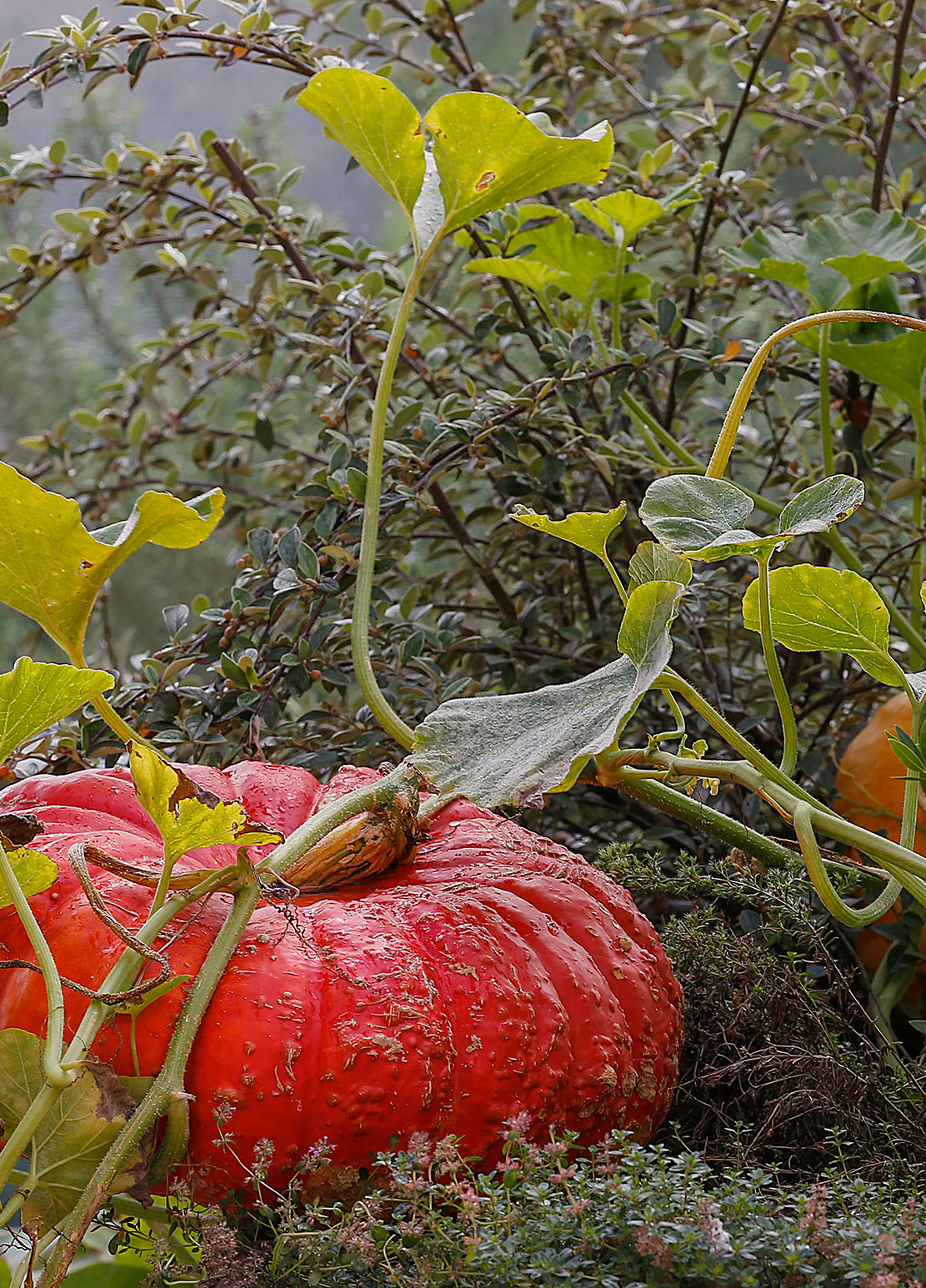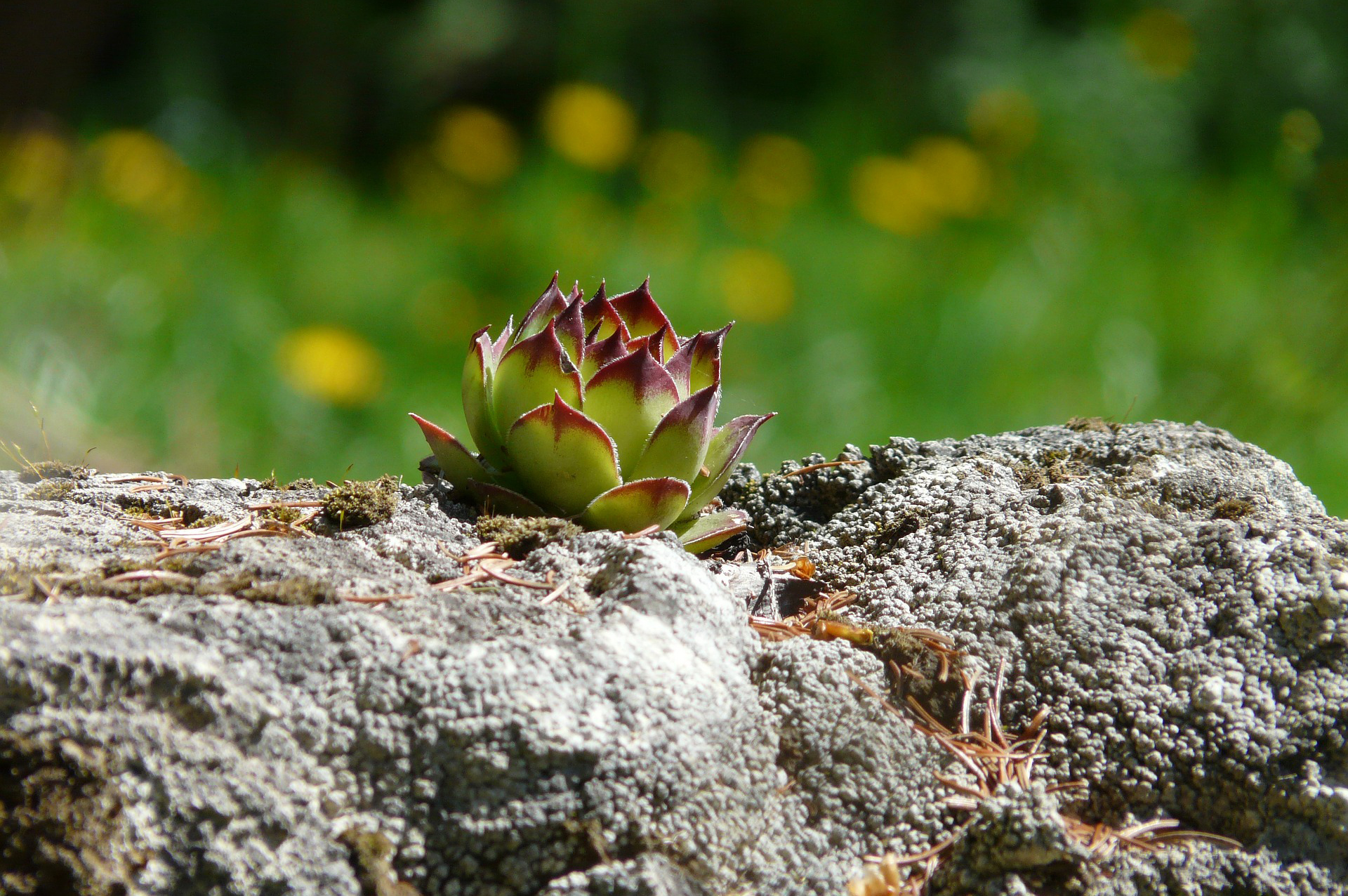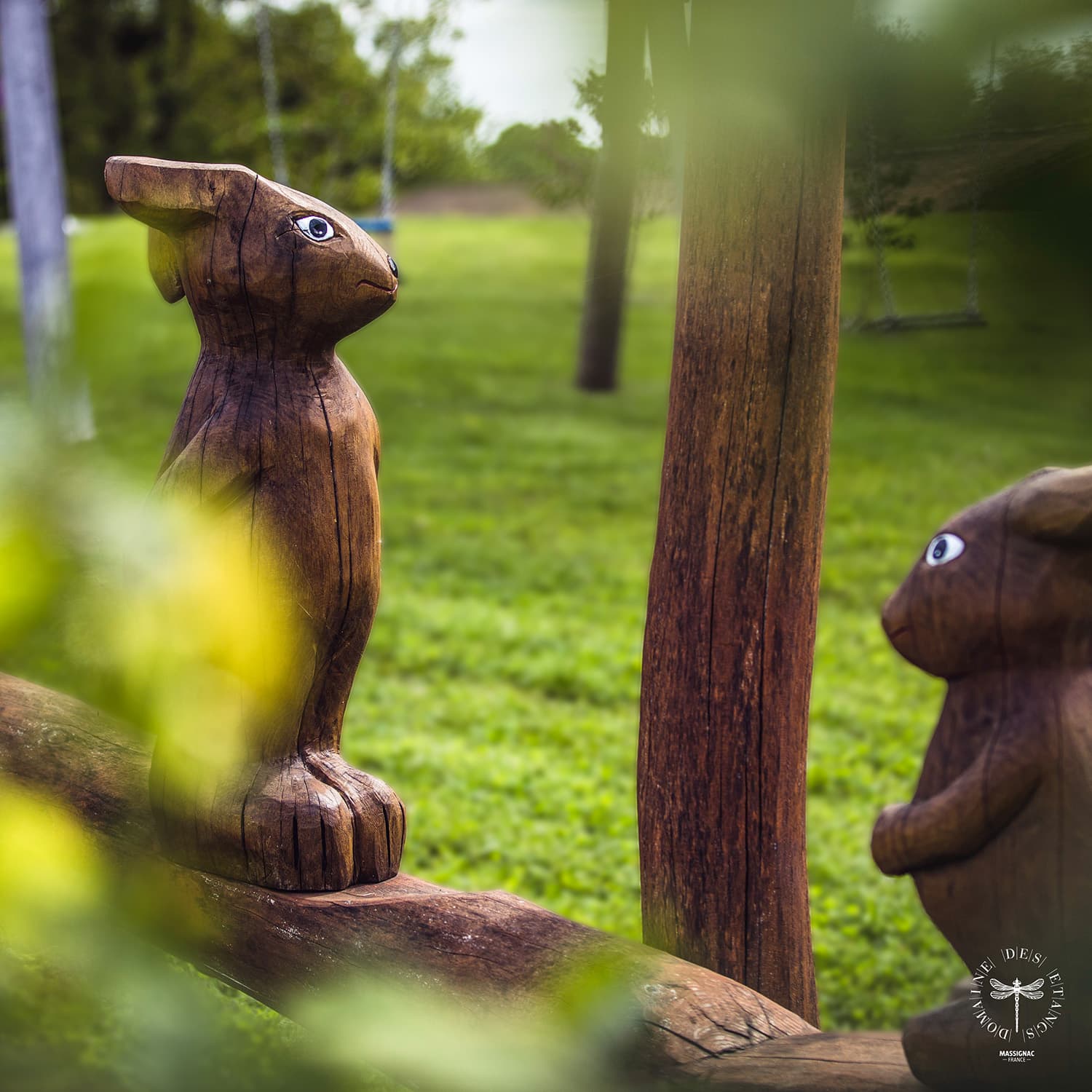Earth is like a sponge. It merges the mineral world of clay with the living world of humus composed of organic matter. It is what we call the clay-humus complex.
In the humus, fungi, microorganisms and invertebrates can be found, all of which are involved in the work and enrichment of this complex. The clay is home to elements pertaining to the bedrock, i.e. a rock deep below the surface of the Earth.
The clay-humus complex has been the object of studies carried out by a couple of scientists over many years, who have travelled the whole world to observe and understand the nature of the Earth. Claude and Lydia Bourguignon have performed thousands of analyses. In their book, Soil, Earth and Fields, they reveal the results of their work pertaining to the state of fields and reach conclusions, some of which we shall discover in their abridged version.
Humus first attaches itself to the clay and forms a light, airy, porous and permeable soil. This forms a fertile ground for the fauna and the fungi. It also enables the plants to spread their roots deep and to become perennial. Which contributes to their optimal growth and their enhanced resistance. Biodiversity is therefore preserved and sustainable farming is made possible by the presence of this humus.
In the case of a soil deprived of humus, there is an absence of the living. The Earth then shuts off, microorganisms and insects that used to work the soil disappear. The water and the air can no longer penetrate its layers. The Earth is compact, packed and, deprived of water, it falls prey to soil erosion. On a large scale, this erosion may cause flooding since the water is no longer properly absorbed by farmland. Plants are also weakened since their roots are not deep enough; they require a lot of insecticide and various fortifiers that harm the environment. This results in a degradation caused by loss of organic matter.
Techniques have been tested by the Bourguignons to regenerate depleted farmland, among which the use of Ramial Chipped Wood (RCW). Made from shavings of deciduous shrubs, scattered in layers four to eight centimetres deep, it enables to revive and reproduce biomass, and therefore humus. This technique helps recreate the fungi, microorganisms and insects that produce organic matter. The regeneration of the soil, slow yet efficient, was tested on the Land of winegrowers or arborists and the results in terms of renewal of organic matter were successful.
The richness of the Earth is an essential asset, first for the preservation of the environment, then for farming. These two dimensions are in fact closely related, as the health of the Earth as well as its exploitation influence each other.
With improved living in mind and in harmony with Mother Nature, it is important to consider favourably the discoveries of scientists who devote time to this research. They support sustainable solutions to preserve the environment.
In this video by the French Ministry of Environmental Transition, you will discover the two scientists discussing Ramial Chipped Wood and its benefits for crops:
https://www.youtube.com/watch?v=v4vZfhtWH38
In upcoming articles, we shall discuss the many ground-breaking scientific discoveries in the field of farmland studies.












